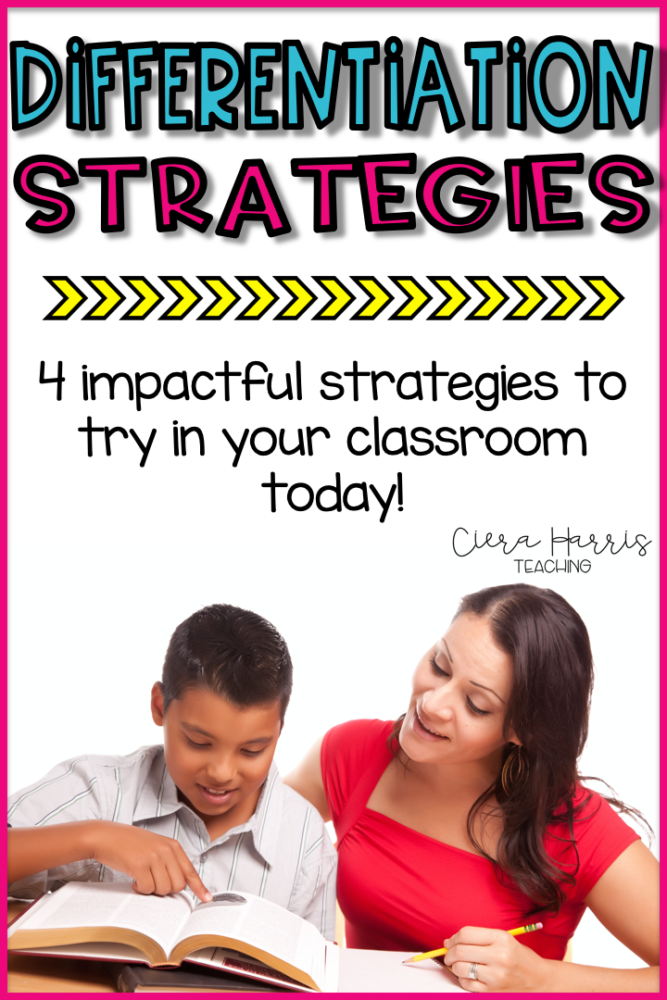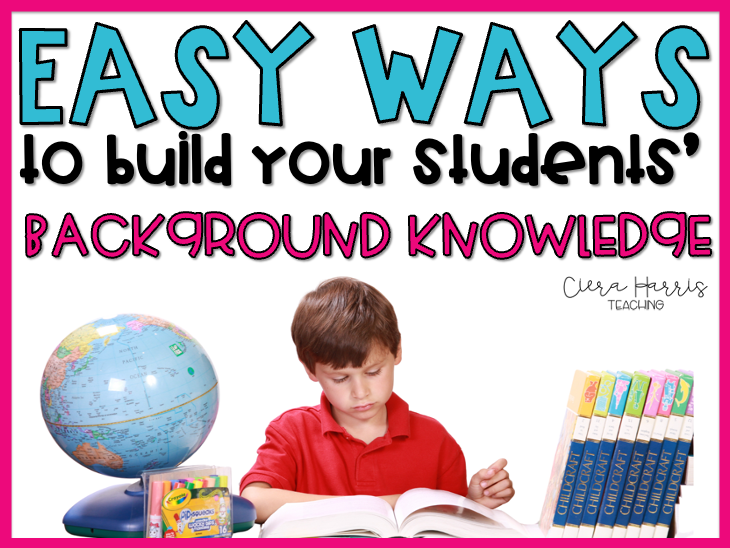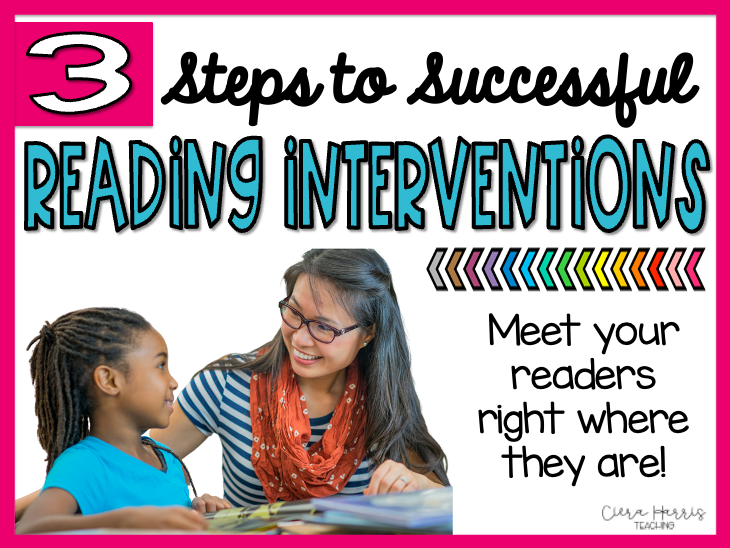If you’re anything like me, you’re always looking for new and unique ways to help differentiate for your students. Especially in reading, where differentiation is harder due to the wide levels students can be placed on, differentiation is super important. I have four unique differentiation strategies you can try out right away that I know will work wonders for you and your students!

Want to watch the video instead? Check it out below! Make sure to subscribe to get updates on all new content!
Differentiation Strategy #1: Pre-Underlining
This is one of my favorite differentiation strategies! Students are overwhelmed by the amount of text they recall when reading. When encouraging students to go back to the text to find evidence for answering a question, have the evidence pre-underlined for the students. This helps to narrow down their searching but still forces them to go back to the text, deduce which evidence answers/supports the question, and use it in his/her answer.
However, you might be worried that pre-underlining the text would help too much, but in fact, the same level of thinking happens whether the text is pre-underlined or not! Students must still match appropriate text evidence to the question being asked. Underlining beforehand simply allows the students who are using this differentiation strategy to be able to have a more focused section of text to sort through.
Differentiation Strategy #2: Tiered Activities
The great thing about every objective we teach is that there are a variety of levels embedded into that objective. Use these levels to create tiered activities for your students. This  means, with each activity, teachers create a prerequisite type activity to begin, an on-level activity, and an above level activity. Allow all students to begin at the lowest level and work their way up through the activities at his/her own pace.
means, with each activity, teachers create a prerequisite type activity to begin, an on-level activity, and an above level activity. Allow all students to begin at the lowest level and work their way up through the activities at his/her own pace.
Think of it like this exit ticket template! Here you’d place 9 different problems or questions. You could put the easier questions in Level 1 and the harder questions in Level 3. Let students work through the questions of how they wish to work! They could try all three Level 1 questions or they could try to get one of each Level complete.
The point is that students have access to appropriate levels of activities and resources that match their needs and can work at the appropriate pace within their level.
Differentiation Strategy #3: Match Learner Need to Intervention
So, this may seem obvious, but there’s more to it! To truly give each student what he/she needs, the teacher needs to break down exactly where interventions are needed and what the exact need it. This requires the teacher’s understanding of how to deconstruct standards and skills to best match where the student is exactly. This helps create the best intervention possible.
exact need it. This requires the teacher’s understanding of how to deconstruct standards and skills to best match where the student is exactly. This helps create the best intervention possible.
I have a great blog post on how to break down interventions to identify exactly what students need! There you’ll find my step by step process and some FREE printables that can help you identify a student’s area of need.
Differentiation Strategy #4: Break Up Text & Questions
Keeping students focused and supporting their comprehension doesn’t mean we can’t change things up. When giving students a text with questions, you need to assign each question to a section of the text. Allow the students to read one section of the text at a time, followed by answering the question that corresponds.
This will keep the students more focused. It also helps them understand how the text and questions connect. And not overwhelm them with having to recall the entire story.
Differentiation strategies don’t have to be time consuming or difficult! I hope you found one (or two) that you like and want to try out! If you want to save this post for later, make sure to pin it using the image below!






